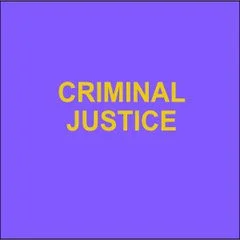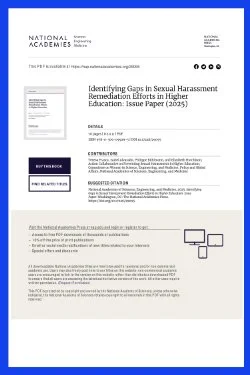By TERESA FRASCA et al.
Sexual harassment continues to be a persistent problem in institutions of higher education, despite the creation of new resources, policies, and programs aimed at combatting high rates on campuses (NASEM, 2018). Historically, these institutions have focused sexual harassment 1 prevention and response efforts on complying with the requirements of the law (NASEM, 2018). Specifically, institutions in the United States have focused on responding to formal reports of sexual harassment through complying with Title IX and Title VII2 —which prohibit discrimination against employees, students, staff, and/or faculty on the basis of sex—rather than identifying what harm has been caused by the sexual harassment, who has been harmed, and how that harm can be repaired. Even when institutions provide resources to repair the harm caused by sexual harassment, the harm might extend beyond the conclusions of the institutional response process and provision of the required remedial measures and sanctions (when applicable) (e.g., Grossi, 2017; Karp and Frank, 2016; McMahon et al., 2019; NASEM, 2018; Smith and Freyd, 2014). Put simply, there is a lack of attention to remediating (or repairing and limiting) the damage caused by sexual harassment across the timeline of the institutional response process (see Box 1 and Figure 1).
National Academies of Sciences. 2025. 76p.





